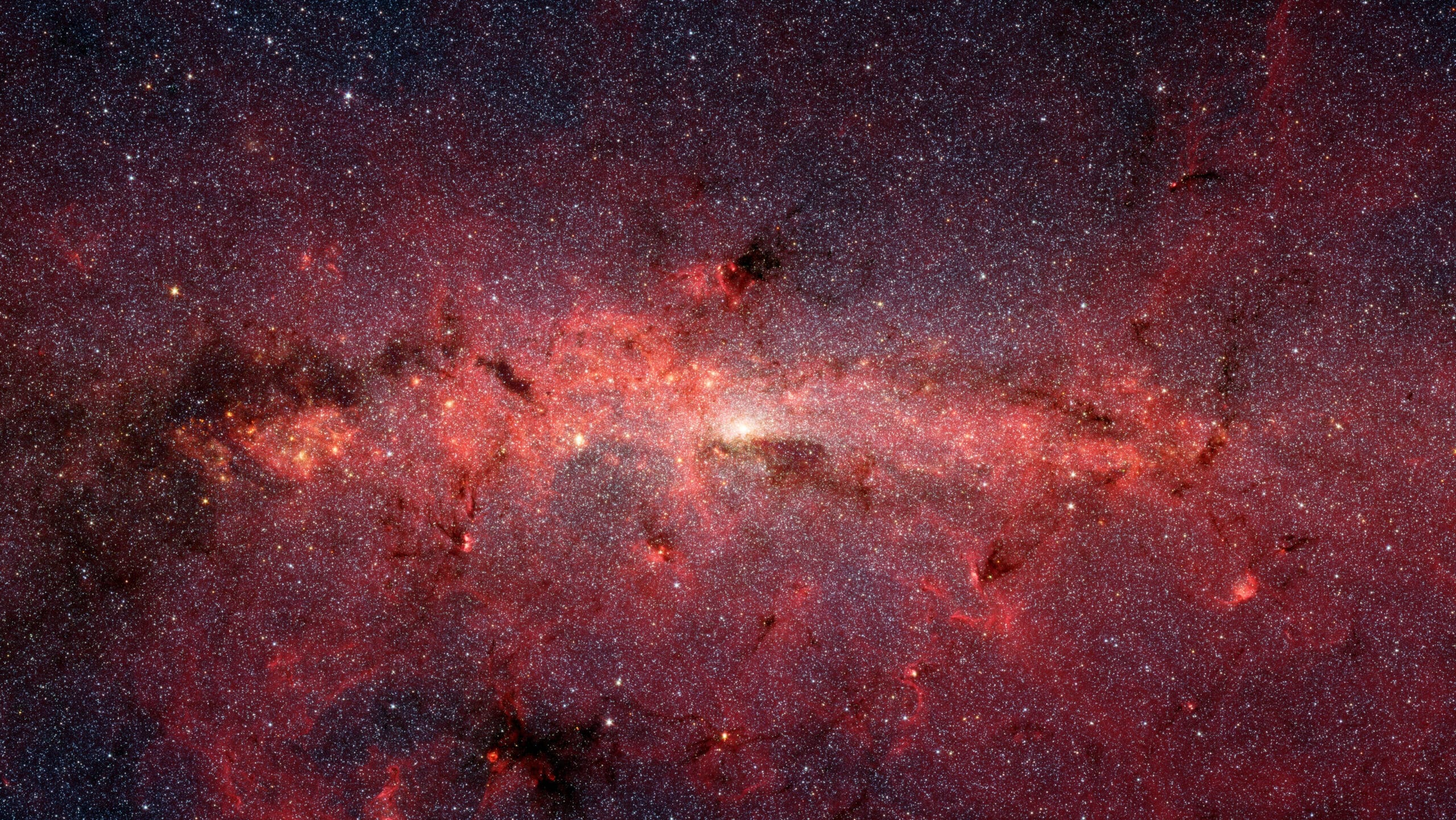2023-12-07 ノースカロライナ州立大学(NCState)
 Courtesy NASA/JPL-Caltech
Courtesy NASA/JPL-Caltech
◆研究では、ミルキーウェイの42星における重い元素の量を集団的に調査し、その結果から中性子星の生成や死、または中性子星の衝突が重い元素生成に関与している可能性が示唆された。また、原子質量260以上の原子が分裂する前に生成できることも特定された。
<関連情報>
- https://news.ncsu.edu/2023/12/ancient-stars-made-extraordinarily-heavy-elements/
- https://www.science.org/doi/10.1126/science.adf1341
星における元素の存在量パターンは、ウランより重い原子核の核分裂を示す Element abundance patterns in stars indicate fission of nuclei heavier than uranium
Ian U. Roederer,Nicole Vassh,Erika M. Holmbeck,Matthew R. Mumpower,Rebecca Surman,John J. Cowan,Timothy C. Beers,Rana Ezzeddine,Anna Frebel,Terese T. Hansen,Vinicius M. Placco,and Charli M. Sakari,
Science Published:7 Dec 2023
DOI:https://doi.org/10.1126/science.adf1341
Editor’s summary
The rapid neutron capture process (r-process) occurs in neutron-rich environments such as neutron star mergers or certain types of supernovae. This process is thought to produce many of the chemical elements heavier than iron, but the details are poorly understood and cannot be studied in the laboratory. Roederer et al. analyzed r-process element abundances previously observed in stars. They identified correlated excess abundances of certain elements in some stars, which is consistent with these elements being fission products of even heavier elements. These results indicate that some r-process events make elements heavier than uranium, which then decay into the elements observed in stars. —Keith T. Smith
Abstract
The heaviest chemical elements are naturally produced by the rapid neutron-capture process (r-process) during neutron star mergers or supernovae. The r-process production of elements heavier than uranium (transuranic nuclei) is poorly understood and inaccessible to experiments so must be extrapolated by using nucleosynthesis models. We examined element abundances in a sample of stars that are enhanced in r-process elements. The abundances of elements ruthenium, rhodium, palladium, and silver (atomic numbers Z = 44 to 47; mass numbers A = 99 to 110) correlate with those of heavier elements (63 ≤ Z ≤ 78, A > 150). There is no correlation for neighboring elements (34 ≤ Z ≤ 42 and 48 ≤ Z ≤ 62). We interpret this as evidence that fission fragments of transuranic nuclei contribute to the abundances. Our results indicate that neutron-rich nuclei with mass numbers >260 are produced in r-process events.



